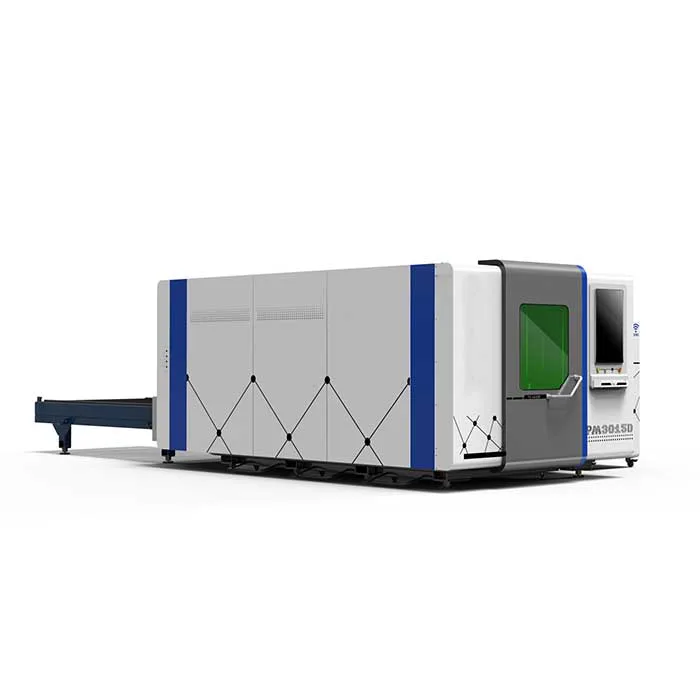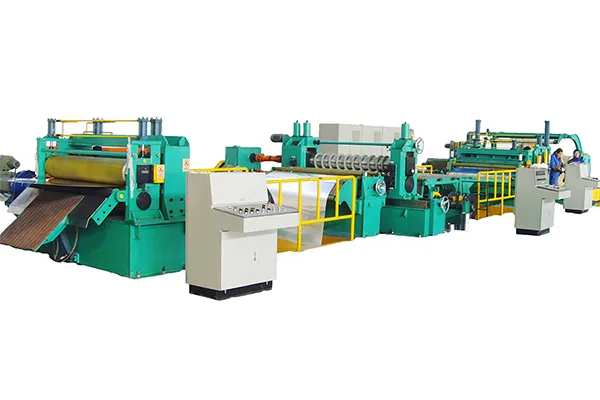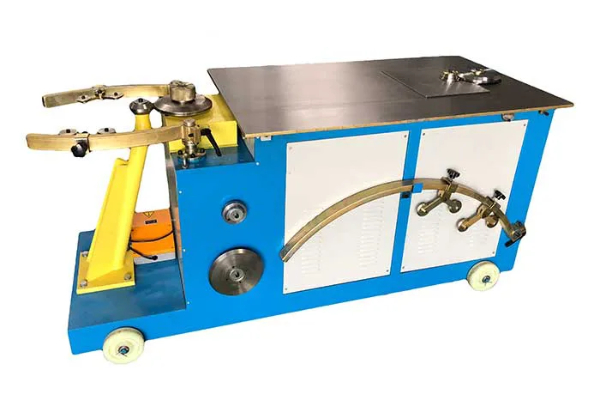
DIY Projects Using Plasma Sheet Cutting Machines- Tips and Techniques
- By:Metmac
- 2024-07-22
- 145
Plasma sheet cutting machines offer a precise and versatile way to create intricate designs and shapes from metal sheets. With their ability to cut through various materials, including steel, aluminum, and stainless steel, they have become increasingly popular for DIY projects. This article provides tips and techniques to help you navigate DIY projects using plasma sheet cutting machines effectively and safely.
Safety First
Wear appropriate protective gear: Gloves, safety glasses, protective clothing, and a respirator are essential to protect yourself from flying sparks, fumes, and debris.
Ensure a well-ventilated workspace: Fumes and gases produced during cutting can be harmful, so it’s crucial to work in an open or well-ventilated area.
Secure the workpiece: Clamp the metal sheet firmly to a stable surface to prevent it from moving during cutting.
Inspect the machine regularly: Check for loose connections, damaged wires, and worn-out parts before each use to ensure safe operation.
Choosing the Right Machine
Consider the material thickness: Different plasma cutters have varying power capacities. Select a machine capable of cutting the thickness of your chosen material.
Evaluate the cutting speed and accuracy: Higher-powered machines offer faster cutting speeds, but may compromise accuracy. Choose a machine that balances both for your project requirements.
Check the consumable costs: Plasma cutters require consumables like electrodes and nozzles. Consider the ongoing costs when selecting a machine.
Setting Up the Machine
Calibrate the torch height: Accurately setting the torch height ensures efficient cutting and prevents damage to the workpiece.
Adjust the cutting speed and power: Determine the optimal settings based on the material thickness and desired cut quality.
Choose the appropriate gas: Plasma cutters typically use compressed air or other gases to create the plasma stream. Different gases offer different cutting characteristics.
Cutting Techniques
Use a template or CAD design: Create a template or use a computer-aided design (CAD) file to guide the plasma cutter and ensure precision.
Hold the torch perpendicularly: Maintain a perpendicular angle between the torch and the sheet to prevent uneven cuts.
Move the torch smoothly: Avoid jerky or irregular movements while cutting to achieve clean and straight lines.
Manage the cut area: Remove any slag or debris from the cut area to prevent overheating and ensure smooth operation.
Finishing Touches
Deburr the edges: Use a grinding wheel or file to remove any sharp edges or burrs left after cutting.
Clean the workpiece: Remove any remaining slag or debris from the workpiece to improve its appearance and prevent corrosion.
Paint or apply a coating: Enhance the durability and aesthetics of the finished project by applying paint or a protective coating.
-
Mastering Form and Force: A Guide to Modern Metal Plate Bending Machines
2025/12/16 -
Demystifying Sheet Metal Laser Cutting Machine Price: The METMAC Value Perspective
2025/12/16 -
Metal Sheet Machinery: The Engine of Modern Fabrication and the METMAC Advantage
2025/12/16 -
Beyond the Bend: The Power and Precision of the Modern Sheet Profile Machine
2025/12/16
-
Advanced Sheet Metal Rolling, Laser Cutting, and Folding Machines for Precision Fabrication
2025/10/31 -
High-Performance Sheet Metal Bending and Cutting Machines for Modern Fabrication
2025/10/31 -
High-Quality Sheet Metal Equipment for Sale: Efficient Solutions for Modern Manufacturing
2025/10/31 -
High-Performance Sheet Metal Equipment for Sale: Forming and Shearing Solutions for Modern Fabrication
2025/10/22
-
A Guide to the Latest Innovations in Sheet Metal Folding Machines
2024/11/29 -
Key Features to Consider When Investing in a Sheet Metal Folding Machine
2024/11/28 -
Enhancing Precision with Advanced Sheet Metal Folding Machines
2024/11/27 -
How to Choose the Right Sheet Metal Folding Machine for Your Workshop
2024/11/26







